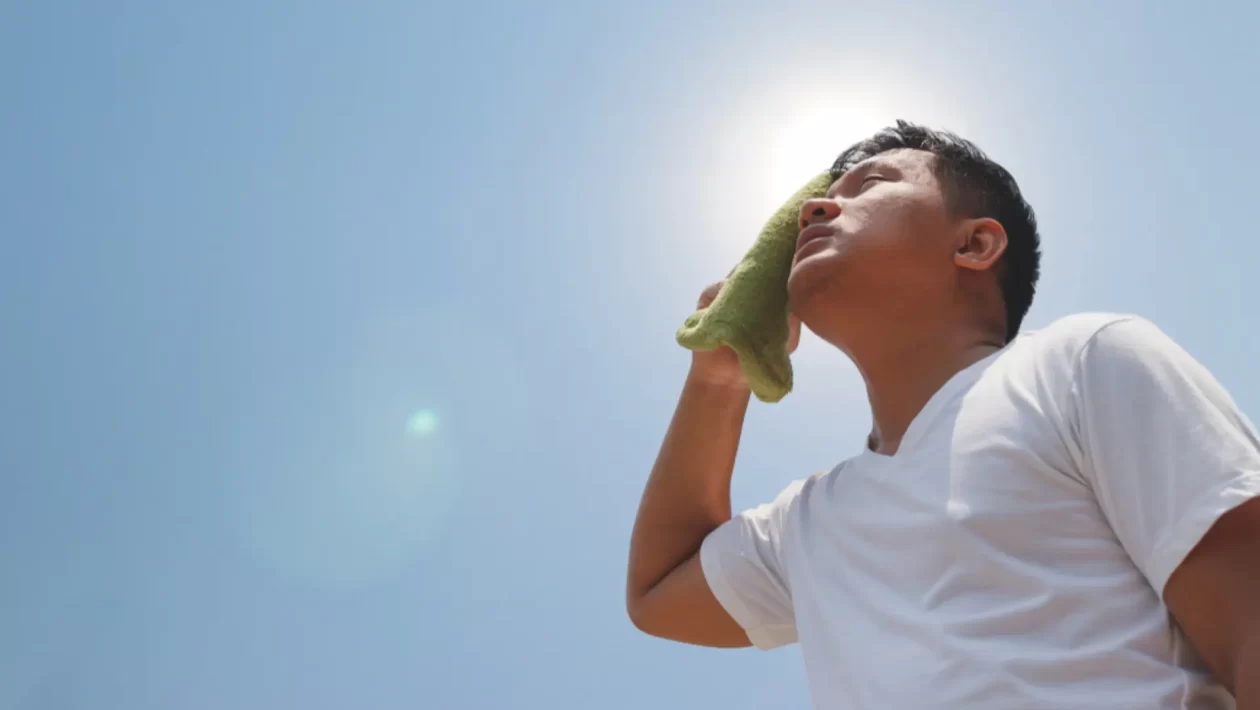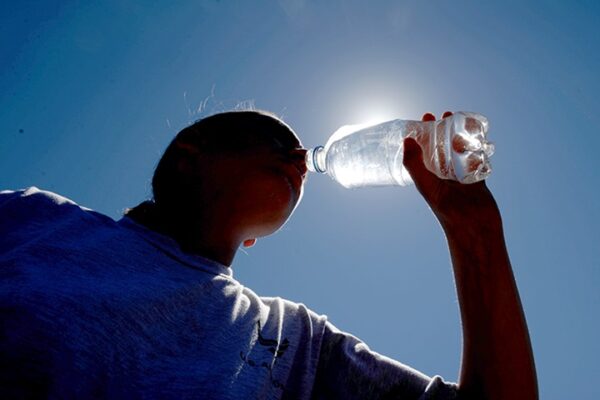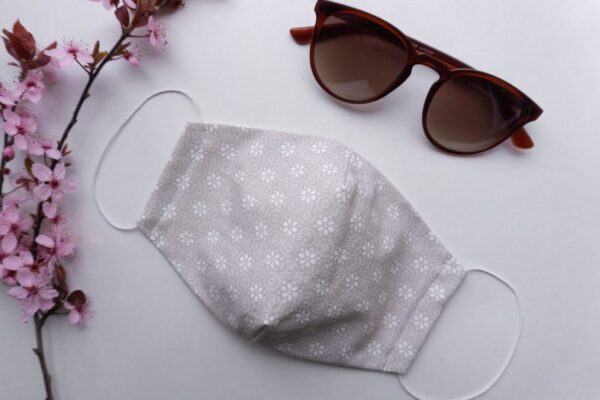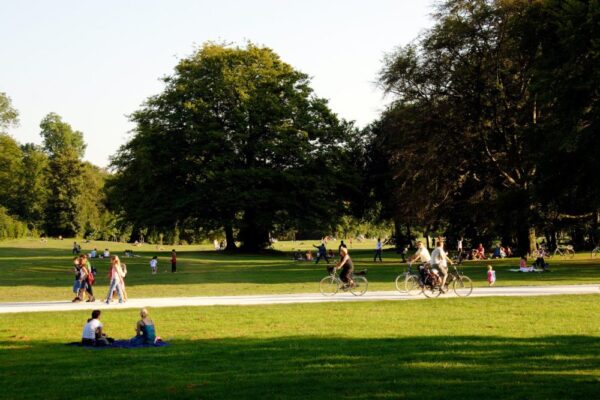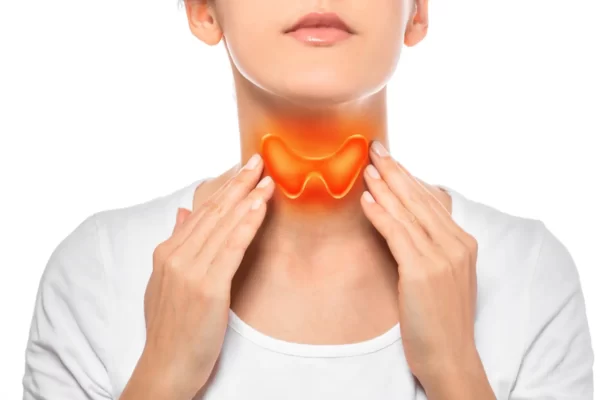An ideal summer would be a time of holidays, fun adventures and lounging around. But the truth of the matter is, there is nothing really great about summers. Summer is not exactly a season you would enjoy, if you live in a tropical country. Summer heat isn’t all fun and games. Apart from the heat, sweat and boiling temperatures, there is always the danger of being prone to heat exhaustion and possible heatstroke. Heatstroke, also known as hyperthermia or more commonly known as sunstroke, occurs due to excessive exposure to high temperatures for too long. Heatstroke can potentially become a serious medical condition that can be fatal. A brief moment of heat exhaustion can lead to a heatstroke.
People who are particularly at risk of a heatstroke are the young and the elderly, and those who are involved in extensive outdoor work. But anyone could fall victim of the blazing sun, even animals. Heatstroke is the body’s response to losing water and salt. Our bodies are not well equipped to endure large increases in body temperature, which is usually around 98.6 C. With a heatstroke, core body temperature may rise around 103 degree Celsius to 104 C.
Signs of Trouble
If you think you or someone around you is suffering a potential heatstroke, these are the major symptoms to look out for:
- Nausea and vomiting
- Headache
- Increased heart rate
- Dizziness/Loss of consciousness
- Confusion or delirium
Ways to Stay Cool This (Every) Summer
It is imperative to listen to your body to prevent it from overexerting itself and to take safety measures before you hit the wall of fire and suffer a burnout.
1. Quench that thirst
The most basic and vital prevention method is to keep yourself hydrated. Drink plenty of water, and other extra fluids like fruit juice or coconut water. Eat fresh seasonal fruits, especially ones with high water content like watermelons. You can also try the spritz method, i.e. keep a small spray bottle of water to spray it on your face as a quick ‘pick-me-up’.
2. Shun the sun during peak hours
The sun’s ultraviolet’s (UV) rays are at its highest intensity from 10am-4pm. If possible, avoid going out during those hours or carry an umbrella with you.
3. Be light and breezy
It’s always preferable to wear loose fitted, natural fabrics like cotton which is ideal for hot and humid climate as they allow the skin to breathe. In addition, opt for light coloured clothes rather than dark tan colours which tend to absorb heat more.
4. Avoid junk food, sugary drinks and alcohol
Sugary, sweetened drinks, alcohol and caffeine can dehydrate the body that can make the symptoms of heatstroke worse. Many of these products contain added sugars and synthetic flavoring which is never good for the body.
To Read More Fitness Blogs.
